How to Start Guided Math in Kindergarten
To teach kindergarten math, I use a guided math format. Let’s break down what is guided math, how to get started, and how to set up a system that works for you and ideas on how to think outside of your current curriculum.
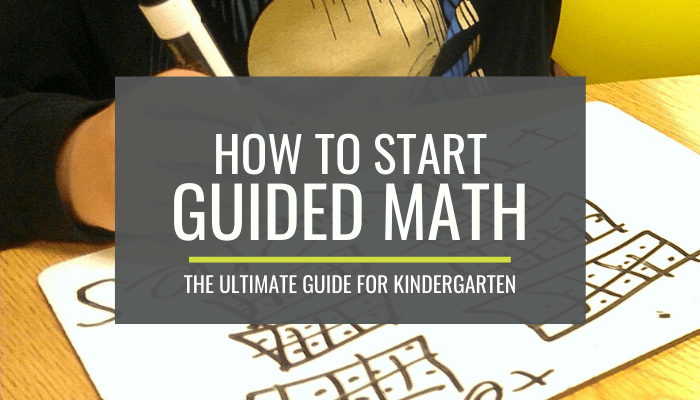
Teaching math in small groups like this has become my go-to way of teaching kindergarten math and I won’t go back to doing it only whole group.
If you’re considering teaching math in small groups, I hope this can serve as a cornerstone place to start with and come back to as you are getting started.
What is guided math?
Guided math is a system you put in place to teach students math in small groups.
Normally in a classroom setting, you’ll be working with a small group of students.
You guide them to master the standards (or exceed them) by offering opportunities to create strategies, discuss math thinking and learning in a range that is differentiated for them.
The other students are working on developing their math skills and practicing strategies independently.
You should know that each teacher will fine-tune how this looks in their classroom in order to make it work.
I’ve also created a set of printable materials to help you get up and running. If what you read below lines up with how you want to teach – you should check out my guided math pack.
Create a system you can use week after week
In order to make guided math work in your classroom – you’ll need to think through creating a system that can work week after week.
In order to give you the ability to teach small numbers of students at a time, you need the rest of the class to be learning independently. Most often, teachers choose to set up centers or stations – or in my case, I called them zones.
So, let’s use this format and create a system around it that will work all year long.
You need to consider:
- how many independent work centers, stations or zones can you set up and realistically keep going through the year
- how many students would be in a group at an independent work center, station or zone
- how can you create open-ended activities or offer choices at centers, stations or zones so students don’t finish early
You don’t have to have an answer to these questions right now – but you should start thinking about what you’d ideally like to have.
Your answers to each of these questions will actually impact the others.
For example, you might not want to have more than four students in a group – but if you can’t think of enough centers to set up to split students into – you might have to go with six students per group.
I highly recommend starting simple. It’s less overwhelming and easier to follow-through on.
Here’s what I did – I decided I could keep 4 centers, stations or zones going all year long. That meant each group would have roughly 5-7 students based on the number of students I had.
Use what you know
Let’s look at setting up guided math through a lens of what you already know.
You probably are teaching reading in small groups…
So, how can you take your guided reading time and duplicate it but with all math content?
Can you use a similar rotation system? If you use name cards or a pocket chart – can you make a new one with different groups to rotate students through math centers? Or will you need something a little different?
Can you set up a teacher space that is efficient? Just like you keep pointers and lesson materials nearby for your guided reading groups – can you keep regularly-used math tools like dice, number lines and counters nearby?
First, see what you can use from what you already do well in your classroom. And then you can tweak or fill in the rest.
Remember, start simple. You can always add to your plan later.
Plan time you can carve out
No one is going to magically give you 30 extra minutes in your day to all of a sudden teach math in small groups.
But I do believe that if you have to carve out time to teach math this way – it is totally worth it.
You need to consider:
- how much time can you carve out for guided math – is there additional time you need to scrape from other things – or is your current math time adequate
- how many days a week will you need in order to see your groups enough times to cover content
- how much time would be good to meet with a group for a small group lesson
- how much time do you need for transitions, daily introductions or sharing afterward
It doesn’t matter whether you teach math in the afternoons or in the morning. Both work. I’ve done both.
But I will share that if you can keep a routine to your day – that is in your interest and the interest of your students.
No matter when you can fit it in, or even if you have to break it up – you can still make teaching in groups work.
Here’s what I did – I had to ditch some things I normally had in my lesson plans and make some tweaks to find an extra 45 minutes, four days a week. Why? Because I felt it was worth it. I simply either got more creative or more effective with my time elsewhere.
Read more: 5 questions to ask yourself when you want to start guided math >>
Create math centers, stations or zones
If you are going to teach small numbers of students at a time, you need the rest of the class to be learning independently.
What is the best way to keep others engaged and learning independently?
In kindergarten, I find it’s always a balancing act. There are times when technology snafus or social skills interrupt lessons, but that’s just part of life with five-year-olds. It’s not unique to guided math or literacy centers. It’s just the way it is. And it can be tough to manage sometimes if you’re the only one in the classroom. I was. I get it. But it is possible.
The best way I know how is to create math centers, stations or zones that are year-long, open-ended or offer choice.
- When you make them year-long students know what to expect.
- When they are open-ended or offer choices students can keep working until time is up.
I want to share my three successful independent student math centers with you.
But, I didn’t call them centers, just so you know.
We have literacy centers and math zones. I wanted something that sounded very different from “centers” to avoid any confusion when rolling it out at the beginning of the year.
These three independent work zones are running at the same time I am teaching a small group.
I knew I could maintain:
- some type of activity center that offered choices
- a computer center that was differentiated
- some journaling that is mostly open-ended since we would be ditching worksheets
Here’s how to do that.
Set up a games and activities center – the practice zone
When you set up a games and activities center, you are giving students ways to practice skills without your one-on-one attention.
You are giving them the gift of practice. It’s why I call it the practice zone.
Pick games that reinforce the skills or strategies you teach them in your small groups or for minor standards that don’t require much extra teaching.
You can find free, printable games or look for engaging activities that use manipulatives and rotate them throughout the year.
Have a variety of games at any one time to offer choice, but keep the materials students use the same throughout the year.
Continue reading: How to set up a year-long math games and activities center >>
Set up a computer center – the technology zone
When you set up a computer center, you are giving students ways to practice standards in engaging ways.
Let’s be real. Using computers can be highly-engaging for students. In our classroom, we called it the technology zone.
Students play standards-based math games (similar to these ones) or activities online.
If you already have a computer-based curriculum like Dreambox – awesome. Use it.
If you’re like me and didn’t have anything from the school to fall back on then you might want to see: How to set up a year-long math computer center.
Set up a math journal center – the recording zone
When you set up a math journal center, you are giving students opportunities to develop and record their thinking without confines of a worksheet.
At this center, students learn to record their thinking using math journals. That’s why we called it the recording zone.
Give students an open-ended math prompt that they can work through and show their thinking in their journals each time they come to this center.
They represent their thinking – with just a few requirements that grow as they do.
It’s a great way to see student growth and also functions as an easy built-in assessment tool.
Personally, this was my way of staying away from worksheets (because I loathe them) and giving students the chance to work through multi-step work and often problem-solving prompts.
Read more: How to set up a year-long math journal center >>
Set up your own center
You may be looking at my list and think – that won’t work for me. That’s okay.
You may not have classroom computers and think that the center is out of reach. What about lining up parent volunteers and send students down to a computer lab with them in a small group? What about asking your principal for a local business donation of 6 laptops for such a specific purpose?
You may want to create a math center I’ve never thought of – good for you! Just remember to make it something that they can do all year long, and offers choice or is open-ended.
No matter what zones (or math centers) you choose to include – work smart so students will be engaged – leaving you to work with small groups.
Plan small group lessons
So you find the time, you plan the big picture and you even figure out what other kiddos will do while you work with groups. Now… what in the world do you do in small groups?
My favorite thing I continually learn over and over teaching math in small groups is that they end up teaching me! When I’m listening, discussing and trouble-shooting in small groups I really get to know how each child thinks and get to know their individual math strengths.
You’ll need to think about:
- differentiating your lessons
- asking questions instead of just “teaching”
- setting up an awesome teaching space
- making assessment ongoing
Let’s dig into each of these.
Differentiate
So, what do you do in small groups? What you don’t do is teach the same lesson to every group! That would be the opposite of working smart.
You may teach a similar lesson, or use the same materials, but you change the level of support or the range of numbers.
For example, we’re supposed to teach composing and decomposing numbers 11-19 in kindergarten. Well, while you may have two groups ready for that – what do you do with the group that’s proficient with teens and the group still struggling with learning those teen numbers?
My answer is – you still teach the same concept. You still teach composing and decomposing numbers. You change the number range for the higher group. You provide more support for your struggling group.
Some students will even change groups every 6-9 weeks as they grow in their skills or need more support.
Read on: How to create guided math lessons in kindergarten >>
Ask questions
When you teach math in small groups, you get time and space to ask questions.
Asking questions is important.
While it may feel awkward at first (and you may face crickets) it’s totally worth it.
Here’s an example of the time I asked a question that was almost brutal to work through.
When you’re guiding readers you don’t tell them what strategy to try, you ask questions… It’s the same in math. You ask questions to help them think.
Read more: 6 Questions to ask your small math group >>
Set up a small group lesson space – the teacher zone
Set up your teaching space to be as smart-working as possible. You want it to be functional and versatile. You’ll pull groups of students here to do all sorts of work – counting, writing, building, etc.
So, create your teacher space (I called mine the teacher zone) where you can meet with your group.
Keep your most-used math teaching materials close by so that you have what you need without spending a lot of additional prep time.
Continue reading: How to set up a space to teach math in small groups >>
Make assessment part of your lesson plans
When you build assessment into your small group lessons it is a big time saver.
Plan out which of your standards you can assess during your small group time.
You can assess students one-on-one while others are occupied on super quick things like counting aloud to 100, counting by tens or naming 2D shapes. I like to do this when students are doing a warm-up activity at the beginning of a lesson.
You can also include an activity or task as part of your lesson (after it’s been covered in previous lessons thoroughly). You document whether they were able to complete the task successfully and you’ve got your assessment built-in.
Assessing students is way easier when you teach in small groups because you get to know what they can do soooo much better.
Think outside the box
When it comes to doing guided math, we may need to think outside of the box. I’m here to give you permission to do so.
Keep this in mind:
- It’s probably different than what you’ve done before.
- You might be the only one in your grade level or even your school doing it.
- It might feel tough and really big to undertake.
I’m here to tell you – that it’s okay. It might be tough, new and different. But, this way you’ll get to really teach math. You’ll get to cover questions, misconceptions and teach deeper thinking than you ever thought possible.
You won’t just be covering math anymore… you’ll be teaching it. And, after all, isn’t teaching what we’re here to do?
The beauty behind teaching math this way lies in meeting students and growing them where they’re at.
If you can learn to think outside of the box, you’ll be well on your way to teaching the way you want to.
Standards are your guide
If you’re not being handed a box of guided math curriculum… what do you do? Especially if all you’ve ever known is following a curriculum guide?
The solution is to create a master plan for when you’ll teach the standards.
- Choose what standards you want to cover each quarter, semester or trimester.
- Highlight which standards are major ones and need the most time for students to master. Teach these over the entire year – or 3/4 of the year. But start small, with more concrete practice and work your way up to the tough stuff.
- Pick out which standards are minor ones and find fun, efficient ways to plug them into your independent work centers so you can cover the more important things in your small group lessons.
I generally plan my kindergarten standards-based math curriculum in nine-week chunks. This helps me get the big picture and I can work my way down to a weekly set of objectives.
Read on: When to teach math standards in kindergarten >>
How to replace your curriculum
Planning guided math lessons can feel a bit overwhelming at first, just as when learning anything new. But, it’s totally worth it. And – you can do it.
I had to completely ditch my math curriculum since it didn’t go at a pace to match our standards nor did it actually go deeper than surface-level skills.
Scary? Yes.
Too Hard? No.
To replace your curriculum all you need is:
- To really get to know your standards.
- Stash away game and activity ideas for your centers as you find them by standard or skill.
Then, you’ve got a go-to set of resources when you see the standard pop up on your planning schedule!
To differentiate, if needed, you can take the materials, game or activity and change the amount of support you give or change the range of numbers it uses.
You may find that there are resources already available like 12 free picture directions for math games. You may also find yourself creating games or ten frame manipulatives in order to help your students be more successful.
Either way, choose the tools to best help your students understand and master the objectives.
Read more: Conclusion Take it from me, as someone who has been there … You’ll be creating lessons to help students dig deep to explore, work through misconceptions and really LEARN and master the tough stuff. Hopefully, some of these tips can help you find what works for you! And if what you’ve read lines up with how you want to teach math, then you’ll love using my guided math pack to help you get up and running. If you like what I do here on KindergartenWorks, then be sure to subscribe today. I look forward to sharing ideas with you weekly.More Kindergarten Math

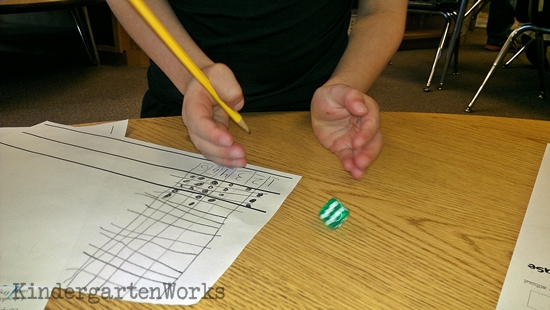
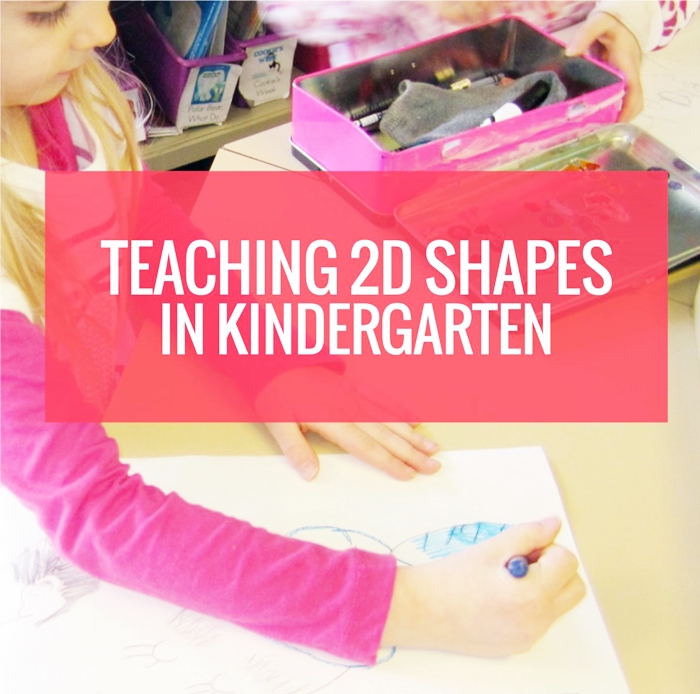
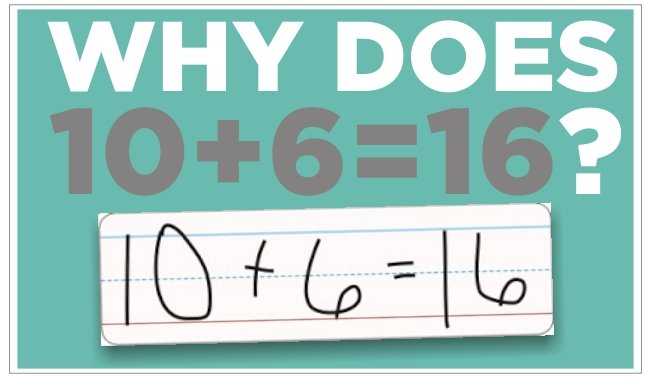
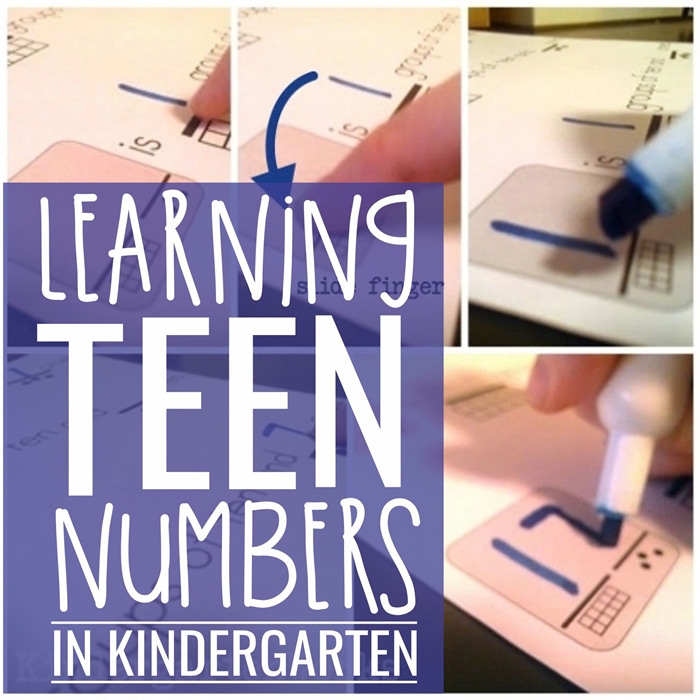
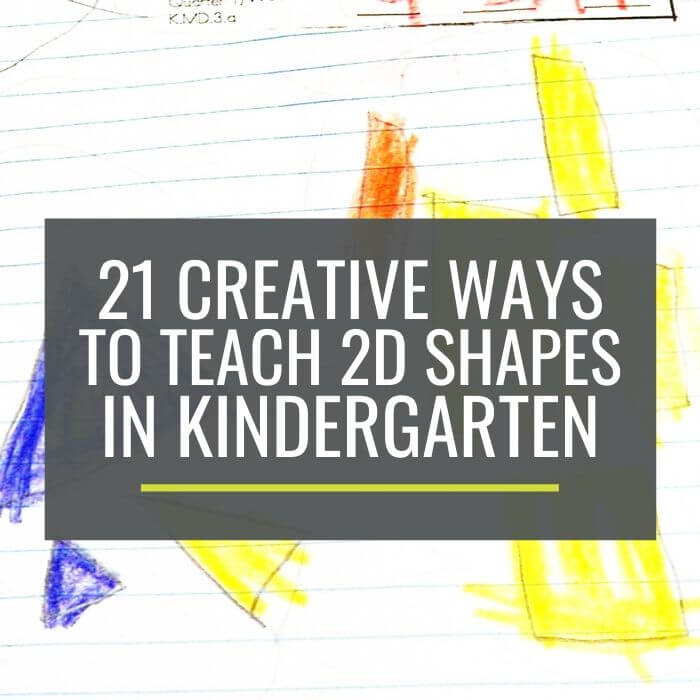
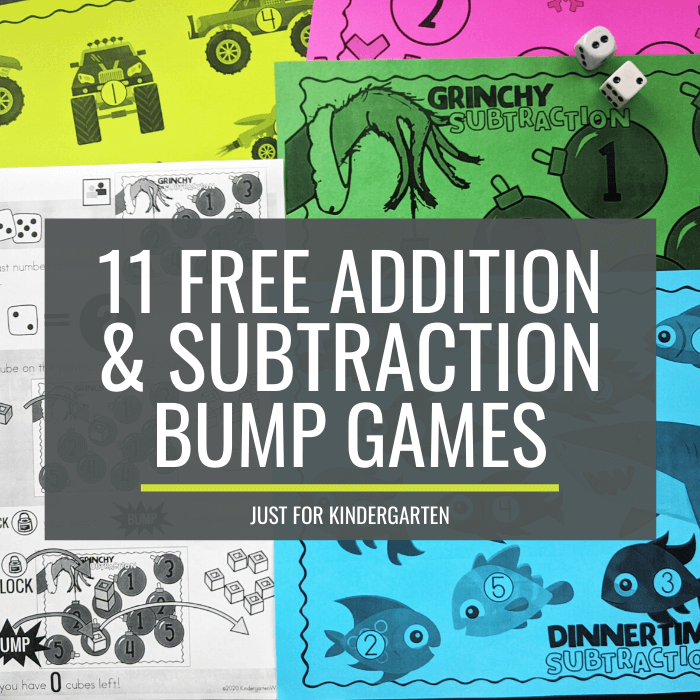
Any ideas on making this work if you have a program to follow?
Yep – I would invest the time in dissecting your program. Pull that baby apart.
Find out what pieces are worth keeping and put them where they will work best into a guided math format.
Will a lesson work best as a lesson for you to teach in the teacher zone? Would it work better as a partner game in the practice zone? Is it a worthwhile worksheet that you could use over and over again by copying it onto an overhead and putting a vis-a-vis marker with it? Throw that puppy into the practice zone too.
What materials and resources did they give you that you can use to your advantage?!
No matter how we are told we “have to” follow a curriculum, often the pacing is left up to us, right? Well, think of this as choosing the pacing – by picking the pieces that are worthwhile, skipping those that aren’t and supplementing with better, more valuable lessons to dig deep.
You’ve got this!
I just love the idea behind guided math in kinder.thank u for sharing
Quick question…do you use the same guided math lesson plans each year or do you write new plans each year based on the needs of your students?
That is an excellent question! I will often re-use the same lesson ideas to cover the standards, but I will always plan/tweak it to fit the needs of my current kinders. Sometimes it’s just the pacing that’ll change because one group just gets it! Having said that – that goes for mainly my on-grade level students.
For my way advanced kinders or for those who are way below grade level – I’ve had to create new lessons that tailor to their skills and pacing.
– Leslie
Can you share a bit more about the recording zone? Where do you get the prompts? How does it work?
Hi Heather,
Here is a link that can give you a little more info: https://www.kindergartenworks.com/kindergarten-teaching-ideas/math-journals-meet-common-core/. I wrote the prompts along with a teaching partner. Hope that link can help you learn a little more.
– Leslie
Hi Leslie! I love reading your blog! I am really excited to try guided next math year and have already begun planning for it even though I’m not done with this year! I know you talk about your centers being open ended so that the students can keep going for the whole time and aren’t “done” before it’s time to switch centers. What do you have students do who finish their math journal in the recording zone before time is up?
Hi Amanda,
Congrats on planning for next year – you’ll be so thankful you did. I’m excited for you! Normally, we tried to make our math prompts for their math journals open ended too. We taught various expectations along the way that would keep them working as they grew their skills. Thanks for sharing your thoughts!
– Leslie
I just love the idea behind guided math in kinder. I’ve been trying to start implementing it for the last year and half and haven’t been super successful. My district has a purchased math curriculum that includes the purchase of daily math worksheets. For many lessons these need a lot of direct instruction and I found it hard to teach in a small period of time during my small groups in guided math. I should mention I also teach half-day K so my math time is limited to 30-40 minutes max. Do you have any tips on where to start or what to prioritize?
Hi Andrea, Congrats on doing your best to get it off the ground and running! Our math curriculum was Saxon and it was all worksheets (blah! in my opinion). So, to be honest, I just ditched them! I save a copy of each to use for remediation (or sometimes homework) but normally, found that the hands-on, small group work had way more impact with my kiddos. I understand that with a half day program you have to cut things down, but I felt like teaching in a small group/center format was highest priority for me in both la and math. When I taught half day, I didn’t do guided math yet, but I did prioritize guided reading and could see doing the same today with both if I went back to a half day situation. See how you could re-work the idea of the worksheets (if you have to use them) or have a parent helper assist. Focus on the meat of what they really need to know during your math time – in as much as a small group setting as possible and consider how you can borrow from your calendar time to work on the core math things at levels that are more differentiated for each group.
– Leslie